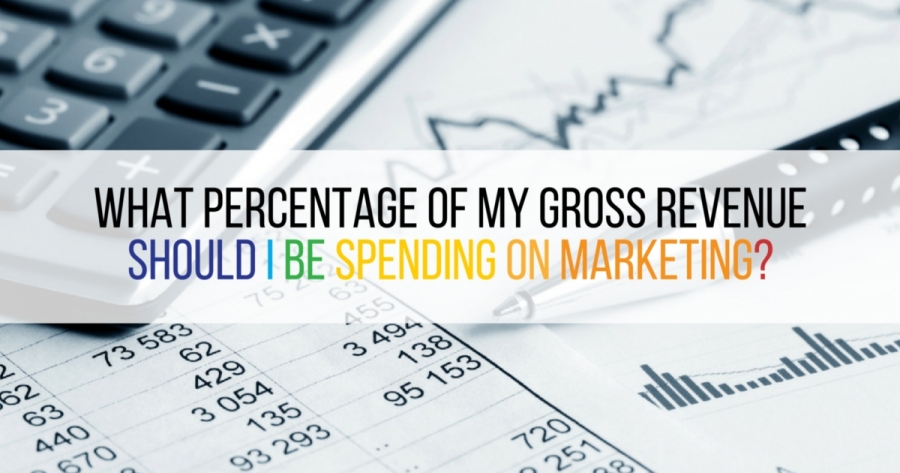Spending here and there on advertising is not a wise use of resources. There needs to be strategy behind how marketing dollars are to be invested, and this depends on a marketing budget being set early on.
There are no hard and fast rules dictating how much a business should set aside for marketing, and in reality a myriad of factors come into play, including industry, maturity stage, and size. But based upon research, experience working with hundreds of clients, and simply being in business for so long, we’ve come up with a flexible rule to determine your marketing budget based on gross revenue.
At Woocom we believe SMEs with revenues less than $5 million should allocate 7% to 8% of projected gross revenues for marketing.
McKinsey and Company recommends that large businesses spend 5% of their gross revenues on marketing. So why should small businesses spend a greater percentage? Think of it as a small business premium that enables small business to compete more effectively against larger companies.
This 7% to 8% budget should be split between 1) brand development costs (which includes all the channels you use to promote your brand such as your website, blogs, sales collateral, etc.), and 2) the costs of promoting your business (campaigns, advertising, events, etc.).
This percentage also assumes you have margins in the range of 10-12% (after you’ve covered your other expenses, including marketing).
If you want your business to grow quickly and significantly, then you need to invest even more into marketing. If you look at some of the biggest and fastest growing companies in the world, they invest a much larger percentage of gross revenues into marketing. Twitter, for example, spends 44% of revenue in sales and marketing, and Microsoft 18%.
Companies looking to grow or gain greater market share should budget a higher percentage—usually around 10%.
Key Takeaways
Small to medium size businesses should be spending at least 7% to 8% of gross revenues on marketing. If you want to grow quickly, you should increase this figure to 10-20%, depending on how big and how quickly you want to grow.
So once you’ve determined your marketing budget, where to from here? How should these marketing dollars be spent? We believe digital marketing gives businesses the best bang for their buck. It’s cost effective, scalable, and very importantly measurable.
We believe it’s not wise to put all your marketing eggs in one basket, but digital marketing is made up of many baskets. That is why we recommend a multi-channel approach which combines the best of SEO, email marketing, social media, and other online marketing. We also believe a digital marketing strategy should work in concert with other offline marketing activities.
Are you interested in finding out what digital marketing can do for your business? Have you now been able to set a marketing budget and want to know how to get the best return for it? Well, it’s probably time you invest in developing a marketing strategy to ensure the future success of your business. Underlying everything we do for clients here at Woocom, is strategic thinking. We’ve worked with hundreds of SMEs just like you, to grow revenues and to become thriving businesses. If you would like to find out more about how we can help you succeed, click here.

